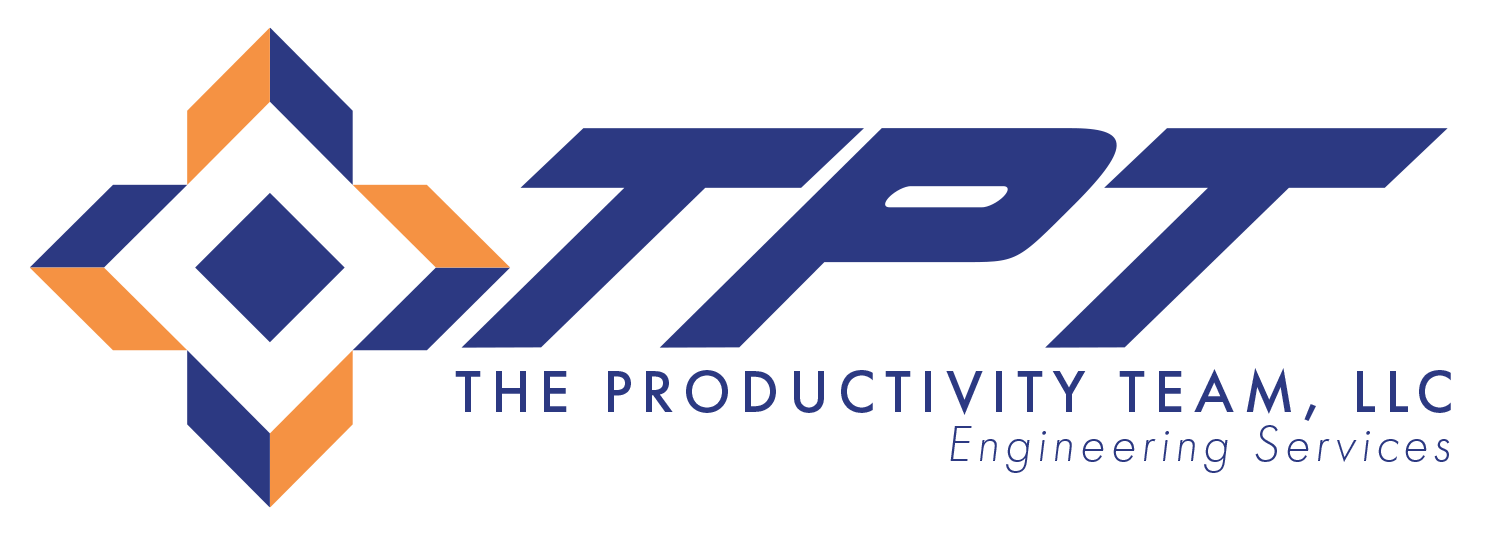First Time Through (FTT) quality metrics are instrumental in manufacturing and production processes, offering a comprehensive insight into the efficiency and effectiveness of operations. By accurately measuring the percentage of products manufactured correctly and to specification on the first attempt without any need for rework, FTT metrics play a crucial role in driving business success and operational excellence. Let’s delve into the five primary goals of FTT quality metrics:
1. Identifying Problem Areas
One of the fundamental goals of FTT metrics is to pinpoint areas within the production process that are prone to errors or inefficiencies. By analyzing FTT data, businesses can identify specific stages where defects or problems are occurring. This detailed level of insight is invaluable for any manufacturing process, as it allows for targeted interventions. Whether it’s a faulty machine, an inefficient workflow, or a lack of skilled labor, identifying these problem areas is the first step in rectifying them. FTT metrics, therefore, serve as a diagnostic tool, highlighting not just the symptoms of production inefficiencies but also guiding manufacturers to the root causes.
2. Reducing Costs
Improving FTT rates directly correlates with cost reduction. When products are manufactured correctly the first time, there is a significant decrease in the need for rework, which in turn reduces labor and material costs. Rework is a hidden cost that many manufacturers struggle with, as it not only requires additional resources but also delays the final delivery of products. High FTT rates mean that fewer products are coming off the line with defects, which cuts down on waste materials – a key principle of lean manufacturing. By minimizing waste and rework, businesses can operate more leanly, translating into lower operational costs and higher profit margins.
3. Improving Cycle Time
First Time Through quality metrics also have a direct impact on cycle time – the total time from the beginning to the end of a process. By ensuring that products are made right the first time, companies can reduce the delays caused by reworking defective items. This streamlining of the production process leads to faster turnaround times, allowing more products to be manufactured in a shorter period. This efficiency is particularly crucial in industries where time-to-market is a key competitive factor. A faster cycle time means that businesses can respond more quickly to customer orders, market demands, and changes in consumer preferences.
4. Enhancing Customer Satisfaction
The quality of the final product is paramount in maintaining and enhancing customer satisfaction. FTT metrics directly impact product quality – the higher the FTT rate, the higher the likelihood that the product meets or exceeds customer expectations. Consistently delivering high-quality products strengthens a company’s reputation in the market, fosters customer loyalty, and can even lead to increased sales through positive word-of-mouth and customer referrals. In today’s competitive marketplace, where customers have a plethora of choices, maintaining high quality and customer satisfaction is essential for long-term business success.
5. Supporting Continuous Improvement
Finally, FTT metrics are an invaluable tool in the pursuit of continuous improvement, a core principle of lean manufacturing and Six Sigma methodologies. By regularly monitoring and analyzing these metrics, companies can establish a baseline for current performance and set tangible goals for improvement. This ongoing process of measuring, refining, and enhancing production processes ensures that a company remains competitive, agile, and able to adapt to new challenges and opportunities in the marketplace. Continuous improvement driven by FTT metrics leads to a culture of excellence where every employee is focused on quality and efficiency.
In conclusion, FTT quality metrics serve as a cornerstone in the quest for operational excellence. They provide critical insights for identifying and rectifying production inefficiencies, reducing costs, improving cycle times, enhancing customer satisfaction, and fostering a culture of continuous improvement. By focusing on these metrics, businesses can streamline their operations, improve product quality, and maintain a competitive edge in the market. These goals are interrelated and collectively contribute to the overall success and sustainability of a manufacturing enterprise.
Contact Us to Learn More About TPT
TPT is the leading provider of facility planning and engineering services. Contact us today to speak with one of our planning and engineering specialists.
